In Focus: Queen Elizabeth I at the apogee of her power, restored to perfection for the Armada's anniversary
Chloe-Jane Good takes a look at the immaculately-restored 'Armada Portrait' of Queen Elizabeth I, on display at the Queen’s House in Greenwich, London.
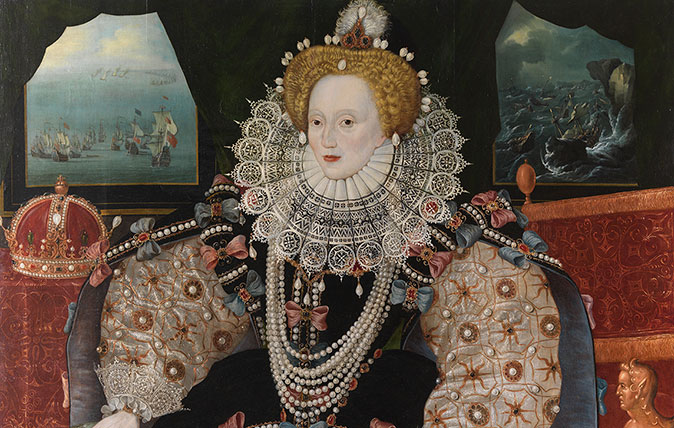
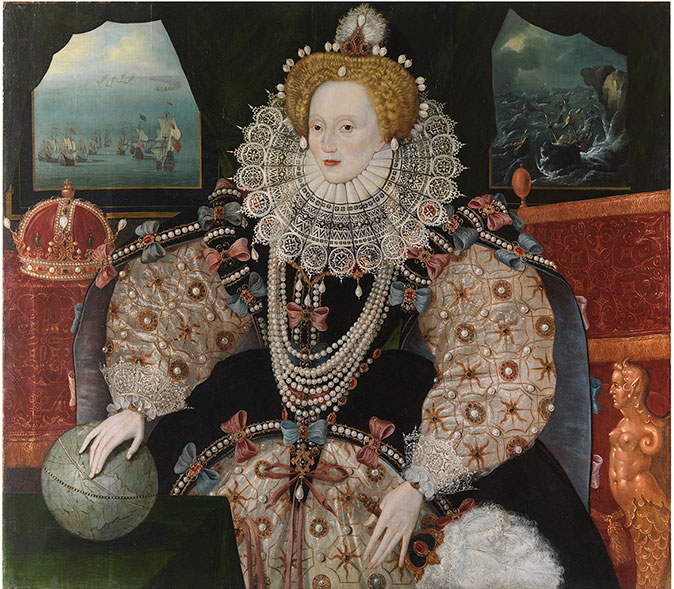
Queen Elizabeth I’s iconic ‘Armada Portrait’ painted in the early 1590s commemorates England’s glorious defeat of the Spanish Armada 430 years ago in 1588.
Until two years ago, the painting was privately owned by descendants of Sir Francis Drake since at least 1775. Now this historical painting belongs to the National Maritime Museum and is on public display in the Queen’s House in Greenwich, London.
It is a homecoming of sorts as Elizabeth I was born in the same grounds in the Palace of Placentia where the Old Royal Naval College stands today. Shortly after the acquisition in 2016, National Maritime Museum carried out major restoration of the painting including careful removal of layers of yellowed varnish revealing renewed clarity and a paleness of skin associated with the queen.
The painting depicts Elizabeth in regal dress bathed in symbols of authority, imperial power, purity and divinity. In the background she is flanked by two maritime scenes; to her right where her body turns, the English fleet engages the Armada upon calm waters and to her left a raging storm shipwrecks the Spanish fleet off the coast of Ireland.
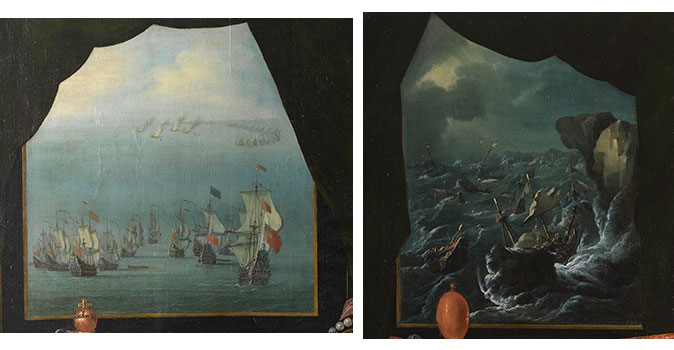
There are two other known versions of the Armada Portrait; one is in the Woburn Collection in Bedfordshire and the other is in the National Portrait Gallery in London. Interestingly, the ships of the Woburn version are of the period of the Spanish Armada but those in the other two versions belong to the 17th Century. However, sophisticated X-ray scans have revealed that 16th Century ships, almost identical to those in the Woburn painting, have been overpainted in the Queen’s House version we see today.
Following on from the tumultuous reign of her father, Henry VIII, defined by impetuousness, excessiveness, an unresolved Reformation and ineffectiveness abroad, Elizabeth’s reign was welcomed for its consistency, purposefulness, moderation and the extension of influence overseas.
"Her gaze that goes beyond the viewer is majestic, magisterial, reserved, self-assured and ambitious"
It is not surprising that Elizabeth never married, given her father’s ruthless treatment of his many wives. Henry VIII had Elizabeth’s own mother beheaded so that he could marry another. He then disowned Elizabeth proclaiming her illegitimate. She was just a small child at the time.
Exquisite houses, the beauty of Nature, and how to get the most from your life, straight to your inbox.
Elizabeth I’s lifelong celibacy gave her power and control. She was the ‘Virgin Queen’ untouchable. In this portrait her costume is impenetrable, laced with tied ribbons, pearls and gold.
A large pearl and bow are at her groin perfectly centred. Pearls were a well-known symbol of female virginity in the Renaissance era and of course they originate from the sea where this great victory over the Spanish occurred.
We think of the iconic portrait of Henry VIII in the wall mural commissioned by the king himself and painted by Hans Holbein. Here Henry VIII stands astride with his gut and codpiece projected towards his audience. In the Armada Portrait Elizabeth’s pale skin, seated open posture, measured distance to the foreground with table set between and her gaze that goes beyond the viewer is majestic, magisterial, reserved, self-assured and ambitious.
Her doll-like hand rests on a globe at the New World, signalling her imperial hold and alluding to Christian icons depicting the Virgin Mary atop the earth.
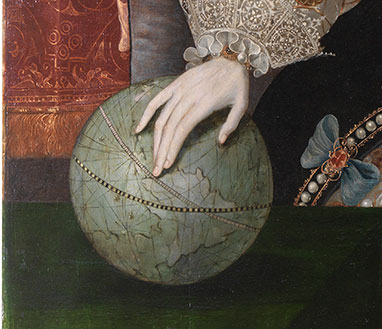
The Queen's House Gallery is part of the the National Maritime Museum in Greenwich – admission free. www.rmg.co.uk/armada
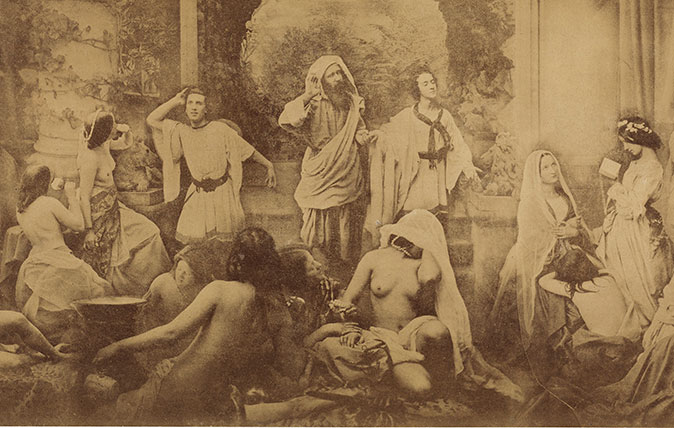
In Focus: The 160-year-old ‘Photoshopped’ picture which shocked Victorian England
An exhibition looking at four of the giants of Victorian photography has at its centre a remarkable work by the
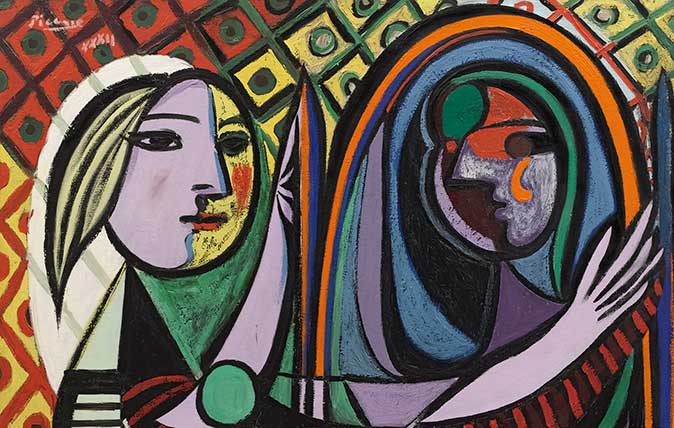
Credit: Picasso, Pablo (1881-1973): <i>Girl Before a Mirror </i>(Boisgeloup, March 1932). New York, Museum of Modern Art (MoMA)
In Focus: The Picasso portrait which revealed to the world his 22-year-old muse
The Tate Modern's first-ever exhibition focusing solely on Picasso concentrates solely on a single year in the life of this
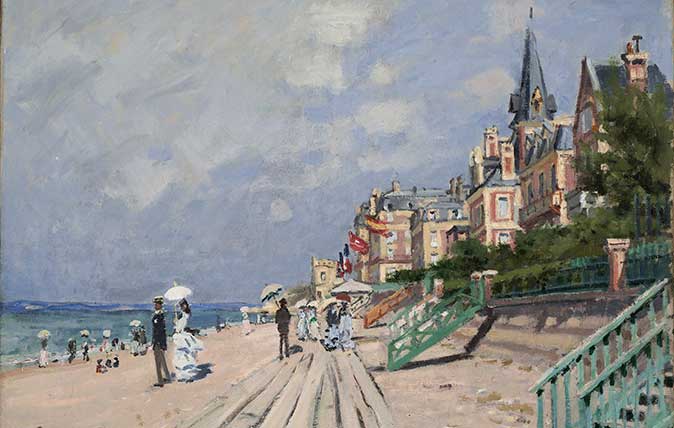
In Focus: The paintings which show Monet's genius for architecture as well as nature
Think of Monet and you think of reflections and nature, but his works included huge amounts of architecture and other
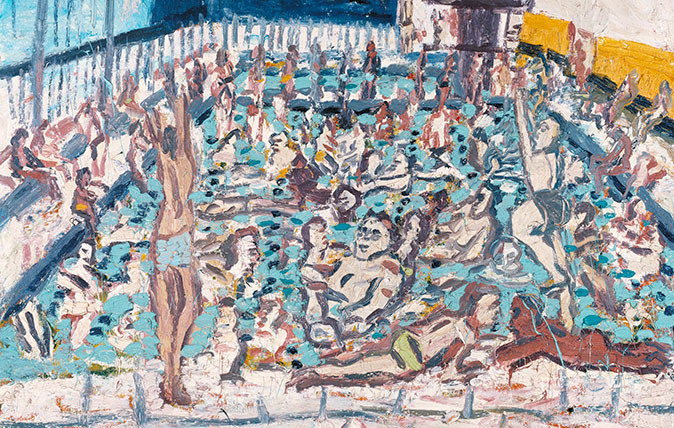
Credit: Leon Kossoff Children's Swimming Pool, Autumn Afternoon 1971. Tate © Leon Kossoff
In Focus: An idyllic sunny afternoon, evoked by a leading light of the School of London
Lilias Wigan takes an in-depth look at Leon Kossoff's Children's Swimming Pool, Autumn Afternoon, one of the pictures on show
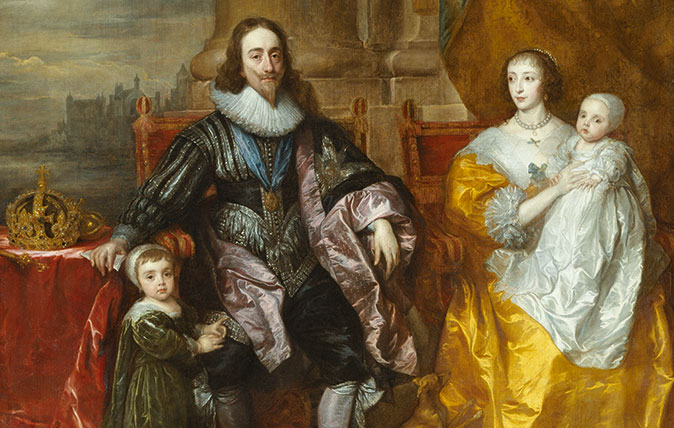
In Focus: The Van Dyck portrait that shows Charles I as monarch, connoisseur and proud father
Lilias Wigan takes a detailed look at Van Dyck's Greate Peece, one of the highlights of the Royal Academy's stunning
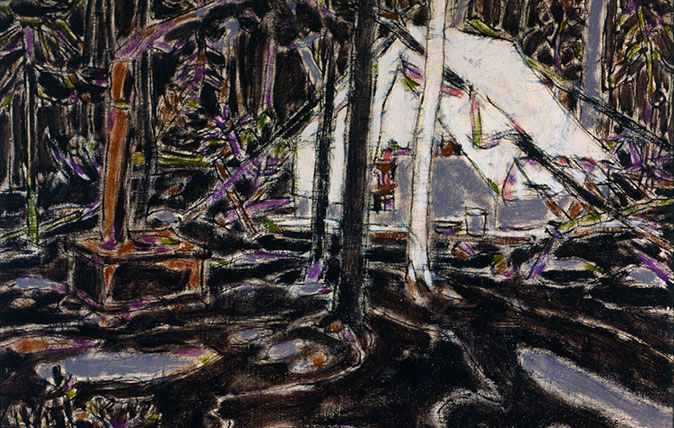
Credit: David Milne, Tent in Temagami, 1929, Collection of the Tom Thomson Art Gallery, Owen Sound, Ontario, bequest from the Douglas M. Duncan Collection, 1970. © The Estate of David Milne
In Focus: The Canadian hermit's work that is a dystopian alternative to Monet
Canadian artist David Milne moved from city to country, eventually ending up as a hermit in a remote part of
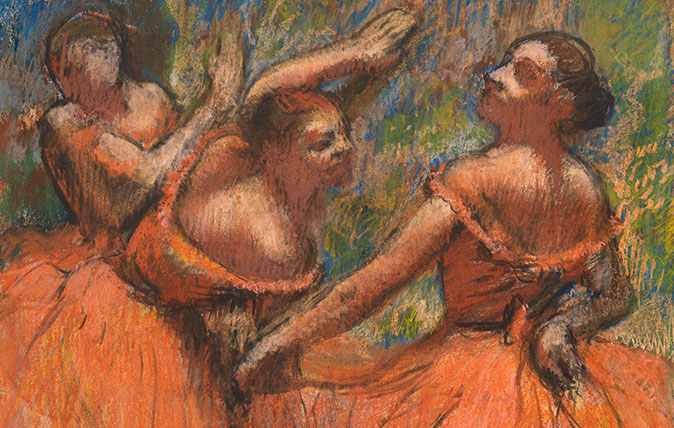
Credit: Hilaire-Germain-Edgar Degas - The Burrell Collection, Glasgow © CSG CIC Glasgow Museums Collection
In Focus: The Degas painting full of life, movement and 'orgies of colour'
Lilias Wigan takes a closer look at one of the key work's at the Degas exhibition at the National Gallery
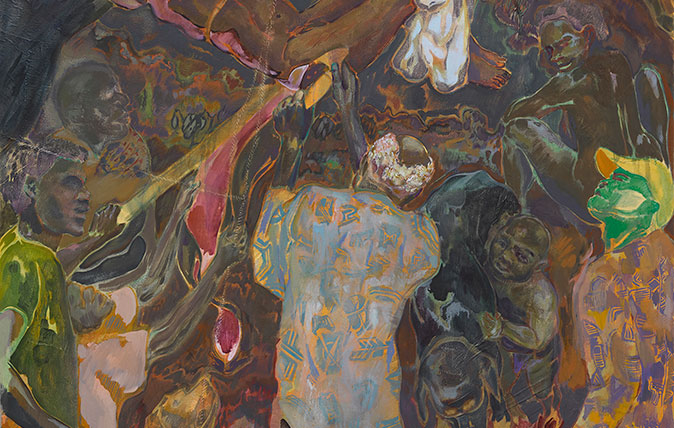
Credit: Michael Armitage, The Flaying of Marsyas, 2017. © Michael Armitage. Photo © White Cube (Ben Westoby). Courtesy of the Artist and White Cube.
In Focus: Michael Armitage's image of African violence that points the finger back at the western world
Michael Armitage's The Flaying of Marsyas is the centrepiece of his exhibition in South London. Lilias Wigan examines it in
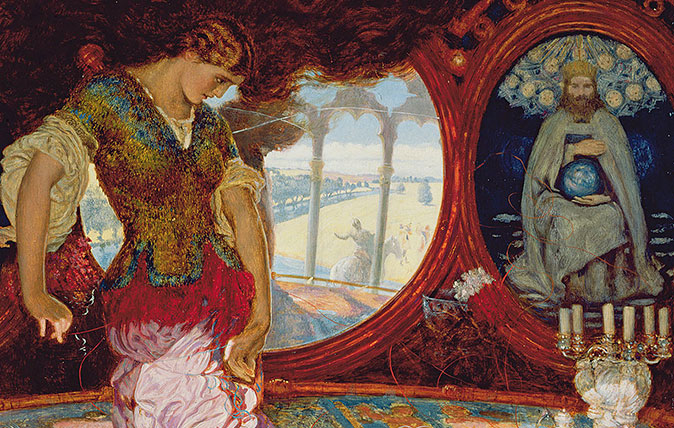
Credit: Bridgeman
In Focus: How Holman Hunt's Lady of Shallot was inspired by Van Eyck's greatest masterpiece
Holman Hunt was one of several pre-Raphaelites inspired by Jan Van Eyck's iconic The Arnolfini Portrait. Lilias Wigan takes an
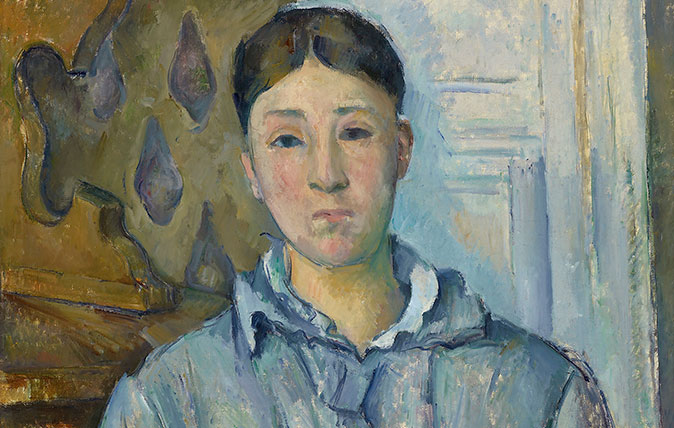
In Focus: Cézanne's brutally honest portrait of his wife, 'weary and dissatisfied', as their relationship was on the rocks
The National Portrait Gallery's exhibition of portraits by Paul Cézanne comes to an end this weekend. Lilias Wigan takes an